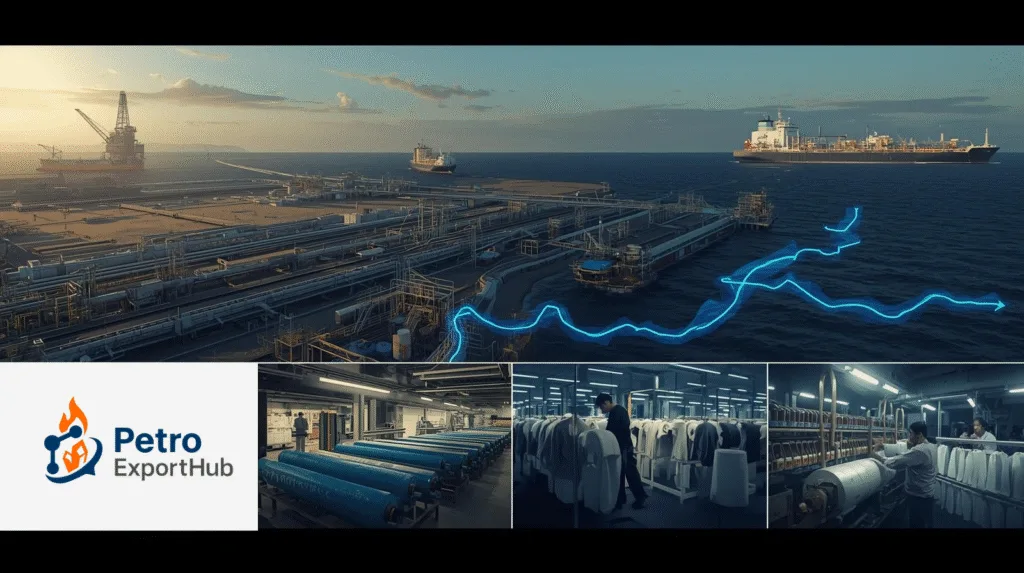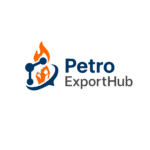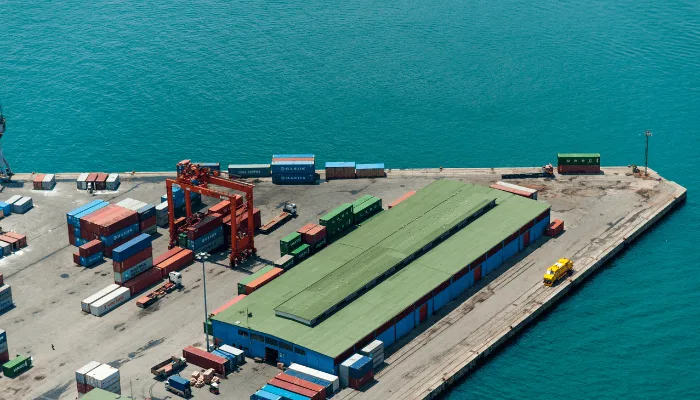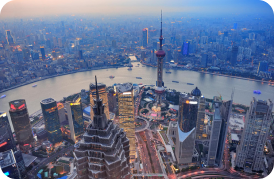
How Middle East MEG Exports Are Reshaping Asian Textile Markets
The Asian textile industry has experienced rapid growth in the past decade, driven largely by rising demand for polyester fiber and PET resin. At the core of this expansion is Mono Ethylene Glycol (MEG), a crucial raw material for polyester production. Traditionally, Asia depended heavily on domestic and Western suppliers, but the increasing export capacity from the Middle East is now reshaping supply chains, pricing structures, and sourcing strategies.
For manufacturers in Asia, evaluating the right monoethylene glycol supplier and keeping track of global monoethylene glycol price movements have become more important than ever.
Why Middle East MEG Matters
Cost Advantage – Middle Eastern producers benefit from proximity to low-cost ethylene feedstock.
Stable Export Volumes – With refinery and petrochemical expansions in Saudi Arabia, Qatar, and Iran, regional MEG supply has become more reliable.
Logistical Reach – Middle East exporters can access both South Asia and East Asia through competitive shipping routes.
Market Diversification – Asian textile firms reduce dependence on local shortages by importing from multiple MEG origins.
Impact on Asian Textile Markets
Price Stabilization: A higher volume of Middle Eastern MEG exports has reduced volatility in the monoethylene glycol price across Asian markets.
Competitive Advantage: Textile hubs in China, India, and Vietnam benefit from more affordable raw materials.
Supply Security: With demand for polyester surging, the presence of an additional monoethylene glycol supplier ensures steady access to raw materials.
Shift in Trade Patterns: Middle East exporters are now competing with Asian domestic producers, reshaping long-term contracts and buyer preferences.
Market Data Snapshot
| Region | MEG Demand Growth (2024–2025) | Key Role of Middle East Exports |
|---|---|---|
| China | +6% | Major importer, price-sensitive market |
| India | +8% | Relies on imports for polyester production |
| Vietnam & ASEAN | +5% | Expanding garment exports, needs steady MEG |
| South Korea | +4% | Blending local production with imports |
Buyer Considerations
For Asian textile companies, two factors stand out:
Sourcing Strategy – Partnering with a trusted monoethylene glycol supplier in the Middle East can help secure long-term contracts at stable prices.
Price Monitoring – Since the monoethylene glycol price is tied to crude oil and ethylene trends, buyers should track global markets regularly.
Future Outlook
With polyester fiber expected to dominate textile demand for the next decade, MEG will remain a critical input.
Middle East exporters are likely to increase their market share, particularly in India and Southeast Asia.
Asian buyers will continue balancing between domestic production and import contracts to optimize cost efficiency.
Middle East MEG exports are transforming Asian textile markets by offering lower costs, stable supply, and reliable logistics. As a result, countries like China and India can access competitively priced raw materials for polyester production. The growing role of the Middle East reduces dependence on local shortages, while also influencing long-term contracts with every monoethylene glycol supplier. For buyers, staying updated on monoethylene glycol price fluctuations remains critical for profitability.

Looking for monoethylene glycol suppliers in Iran ?
- Contact Us today and get connected with producers and export-ready logistics.
- sales@PetroExportHub.com

Related posts
Mono Ethylene Glycol (MEG) serves as a cornerstone for modern antifreeze and coolant formulations, offering reliable freezing protection and heat resi . . .
Explore Solvent 100’s specs, uses, and export opportunities from Iran. Ideal for paint, ink, and adhesive buyers in India, Turkey, UAE, and Africa. . . .
Explore everything you need to know about exporting sulphur from Iran in 2024 — including types, packaging, documents, ports, prices, and top import . . .
Explore Iran’s top ports for petrochemical exports, including Bandar Imam Khomeini, Assaluyeh, and Bandar Abbas. Compare infrastructure, accessibili . . .
Learn the key differences between polypropylene (PP) and polyethylene (PE), their applications, advantages, and how to choose the right polymer for yo . . .
Discover how a Turkish plastics manufacturer reduced costs by 22% through importing HDPE from Iran. Real-world case study by PetroExportHub. . . .
Learn why Iran is a leading exporter of polyethylene (PE). Discover grades, global applications, and how PetroExportHub connects buyers with top suppl . . .
We are here to answer your questions....
Petro Export Hub
PetroExportHub specializes in the export of premium-grade petrochemicals, minerals, and industrial chemicals from Iran, serving international markets with reliability, transparency, and tailored logistics solutions
Tehran Office
Phone:
0214865484 | +989127607241
Address:
Tehran..
China Office
TEL :
0211400
Address:
Zhongzhou Bie Lu, Zhongcheng Street, Yiwu City, Zhejiang Province, China
Quick Access
Quick Access
- Contact Our Sales Team
- Frequently Questions
- Shipping & Logistics
- Become a Partner
- Certificatins & Quality







